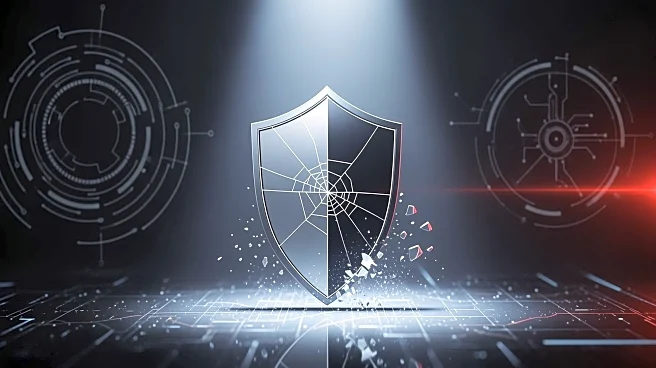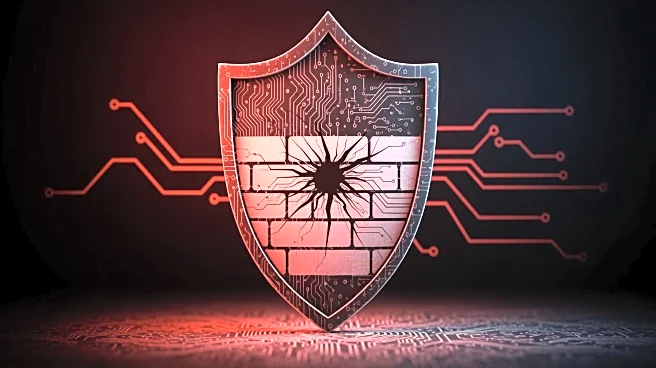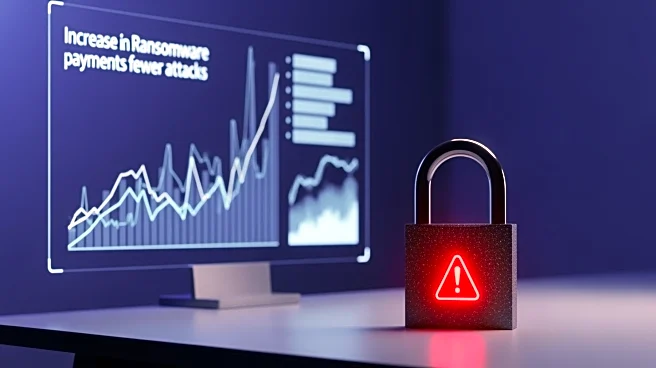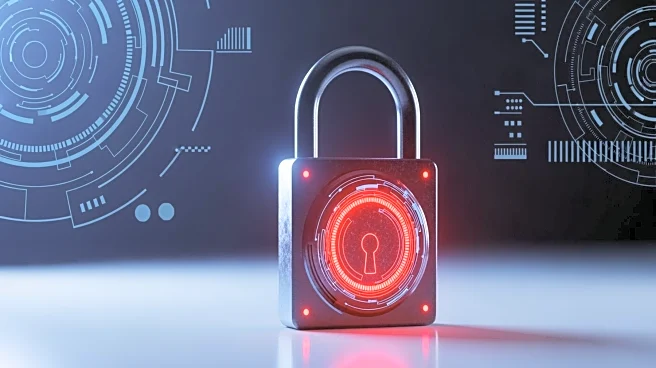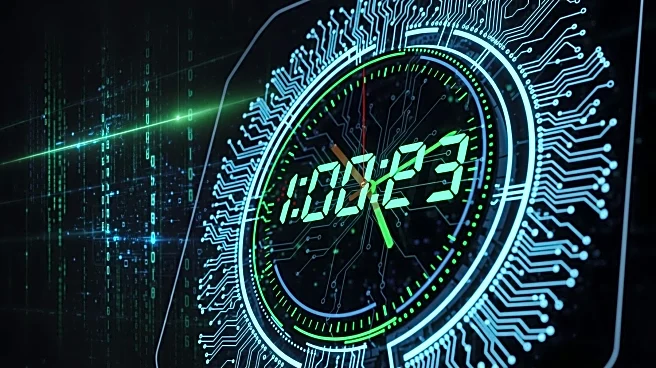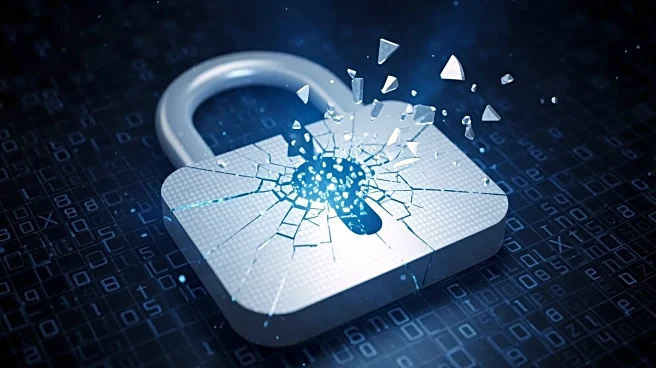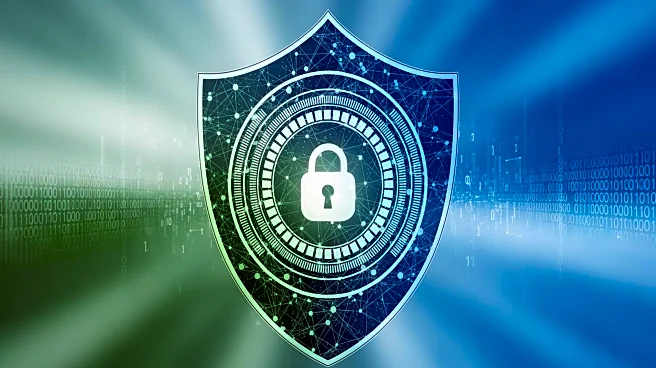What's Happening?
The effectiveness of Endpoint Detection and Response (EDR) tools is being questioned as cyber threats evolve. EDR solutions, designed to monitor and respond to threats in real-time, are increasingly seen as insufficient against fast-moving and stealthy
cyber adversaries. Despite significant investments in network security, data breaches have surged, and security teams are overwhelmed by alert volumes. The mean time to identify a breach remains high, and attackers are using sophisticated methods to evade detection. The article suggests a shift from reactive detection to proactive containment strategies to better protect against cyber threats.
Why It's Important?
The questioning of EDR tools' effectiveness highlights a critical issue in cybersecurity strategy. As cyber threats become more sophisticated, relying solely on detection and response may leave organizations vulnerable. This has significant implications for businesses and public institutions that depend on these tools for security. The potential failure of EDR systems to adequately protect against breaches could lead to increased financial losses, reputational damage, and operational disruptions. The call for a shift towards proactive containment could drive changes in cybersecurity policies and investments, impacting the broader industry.
What's Next?
Organizations may begin to reevaluate their cybersecurity strategies, potentially leading to increased adoption of proactive containment measures. This could involve investing in identity- and network-driven controls to prevent lateral movement within networks. The cybersecurity industry might see a shift in focus from detection tools to more comprehensive security solutions that integrate prevention and containment. Stakeholders, including security vendors and IT departments, will likely need to adapt to these changes to maintain effective defenses against evolving cyber threats.
Beyond the Headlines
The debate over EDR tools underscores a broader challenge in cybersecurity: the need for continuous adaptation to new threats. As attackers become more adept at evading detection, the industry must innovate to stay ahead. This situation also raises ethical considerations about the responsibility of cybersecurity firms to provide effective solutions and the potential consequences of failing to do so. The ongoing evolution of cyber threats may also influence regulatory frameworks and compliance requirements, as governments and organizations seek to enhance their cybersecurity posture.
